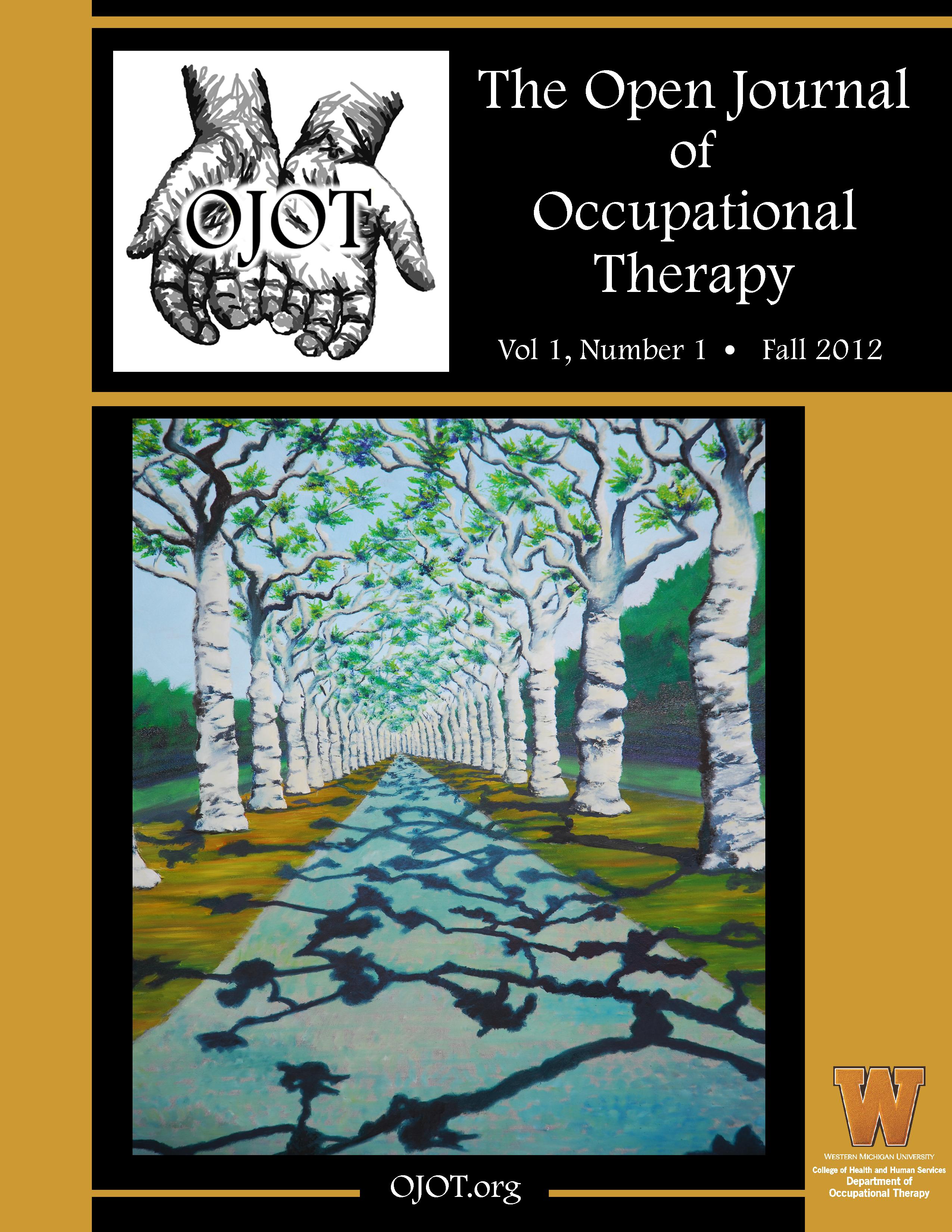ScholarWorks > HHS > OT > OJOT > Vol. 2 > Iss. 4 (2014)
Credentials Display
Guy L. McCormack, PhD, OTR/L
Abstract
The hands contain numerous nerve endings that are intimately connected to the brain. Mounting evidence supports the concept that willful manipulation of objects contributes to expansion or reorganization of the somatosensory cortex and can produce therapeutic outcomes. In the past decade, research has demonstrated that cortical plasticity can continue throughout adulthood. Brain plasticity is a core principle that demonstrates the ability of the central nervous system to respond to stimuli and modify its structural organization and function as an adaptive response. Occupation-based interventions, which engage the use of the hands, are conceived in this article as a “mindbody” experience because of the vast potential for perceptual learning and neurologic reorganization. Many types of neuroplasticity have been identified, but “activity-dependent neuroplasticity” is an essential concept for occupational therapy practice. In addition, the concept of “cross-modal plasticity” will also be delineated with regard to implications to clinical practice. Guidelines for tactile or somatosensory stimulation will be derived from a systematic review of the neuroscience literature.
Recommended Citation
McCormack, G. L. (2014). The Significance of Somatosensory Stimulation to the Hand: Implications for Occupational Therapy Practice. The Open Journal of Occupational Therapy, 2(4). https://doi.org/10.15453/2168-6408.1141


